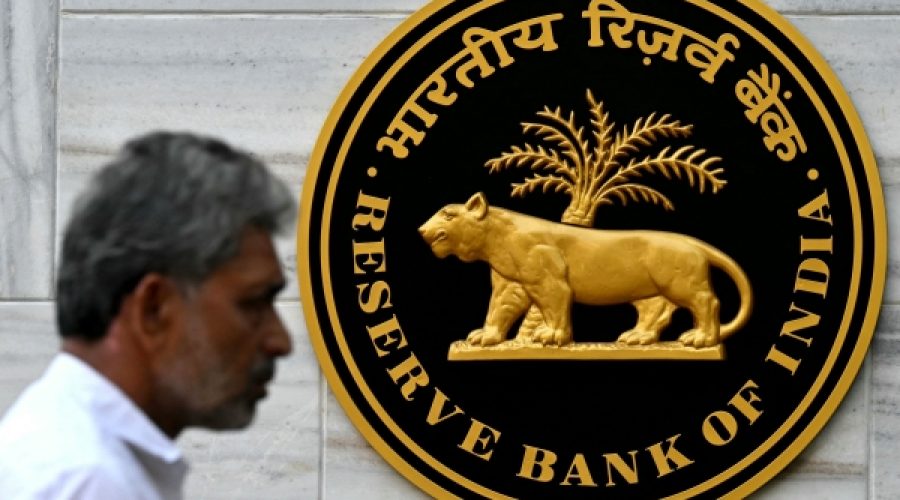India’s Growing Oil Trade with Russia: Key Insights for Investors and Business Owners
NEW DELHI — For months, Indian and American trade officials negotiated over tariffs and import quotas to reach a mutually acceptable agreement. President Donald Trump, determined to reduce a $44 billion trade deficit with India, threatened tariffs on Indian goods exported to the United States. However, Trump escalated the situation by linking the trade dispute to India’s energy purchases from Russia.
On July 30, Trump announced a 25% tariff on Indian goods, a rate higher than those imposed on other Asian competitors. He criticized India for being “Russia’s largest buyer of ENERGY, along with China,” and warned of an additional unspecified penalty on top of the 25% tariff. The following day, Trump indicated on CNBC that tariffs on India would increase further within 24 hours.
While many governments and organizations have accused India of indirectly supporting Russia’s war in Ukraine by purchasing Russian oil, Trump’s decision to incorporate this issue into U.S.-India trade negotiations marked a significant shift. Alongside numerous other countries, India now faces the prospect of U.S. tariffs starting this Thursday.
India has condemned Trump’s demands as “outrageous and unwarranted,” which has cast a shadow over bilateral trade talks.
Are Russian sanctions in place?
Sanctions mainly imposed by the United States and the European Union aim to limit Russia’s war capabilities, including capping the price Russia can charge for its oil. However, India did not join these sanctions. After key markets in Europe closed to Russian oil, seaborne exports from Russia to India surged.
On Tuesday, Kremlin spokesperson Dmitry Peskov labeled Trump’s threats against India as “illegal,” emphasizing that pressuring other countries to sever trade ties with Russia is unacceptable.
China, another major Russian oil buyer that abstained from sanctions, maintains close trade relations with Russia. Since the invasion of Ukraine, trade between China and Russia has risen two-thirds, exceeding $240 billion last year.
India, following China, is currently the largest importer of Russian oil, with no signs of reducing its purchases. Despite Trump’s threats, three Russian oil tankers docked at Indian ports over the weekend, according to Lloyd’s List.
How much Russian oil is India buying?
India’s imports of Russian crude oil have increased dramatically since President Vladimir Putin launched a full-scale invasion of Ukraine in February 2022. Prior to the conflict, Russian crude constituted just 0.2% of India’s oil imports. By May 2023, Russia supplied over 2 million barrels of crude daily—representing roughly 45% of India’s total oil imports.
For the past two years, India has consistently sourced Russian oil, with annual purchases exceeding $130 billion. This has displaced traditional suppliers like Iraq and Saudi Arabia. In June 2023, shipping data analyzed by The New York Times revealed dozens of Russian tankers arriving monthly at Indian refineries.
Why is India buying so much Russian oil?
The key reason is price. Sanctions have restricted demand and lowered Russian oil prices, making it more affordable for India, a rapidly growing economy and the world’s most populous nation with limited domestic oil production.
India’s oil companies benefit from discounted Russian crude, refining it for domestic use and exporting surplus refined products like diesel to Europe and other regions. India’s Jamnagar refinery on the west coast, the world’s largest, plays a critical role in this trade.
The increase in Russian oil imports has significantly boosted profits for Indian firms such as the Reliance Group, owner of the Jamnagar refinery. Since the war began, Reliance’s stock price has surged 34%, compared to flat performance for Exxon Mobil.
Although Indian refineries have recently reduced their intake of Russian oil, replacing it entirely would be challenging. Indian refineries are specifically adapted to process the type of crude Russia produces. As commodities analyst Kpler noted, a forced shift away from Russian oil would be costly, complex, and politically sensitive.
This report originally appeared in The New York Times.
Special Analysis by Omanet | Navigate Oman’s Market
The Trump administration’s move to impose steep tariffs on Indian goods over its purchase of Russian oil signals heightened geopolitical risks and potential trade disruptions for global partners, including Oman. For Omani businesses and investors, this underscores the importance of diversifying trade relationships and energy sources to mitigate exposure to sanction-driven market volatility. Smart investors should monitor shifts in Indian and regional energy supply chains and consider strategic partnerships that leverage Oman’s own oil and refining capacities as alternative hubs in a potentially fragmented global energy market.



